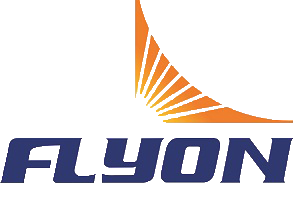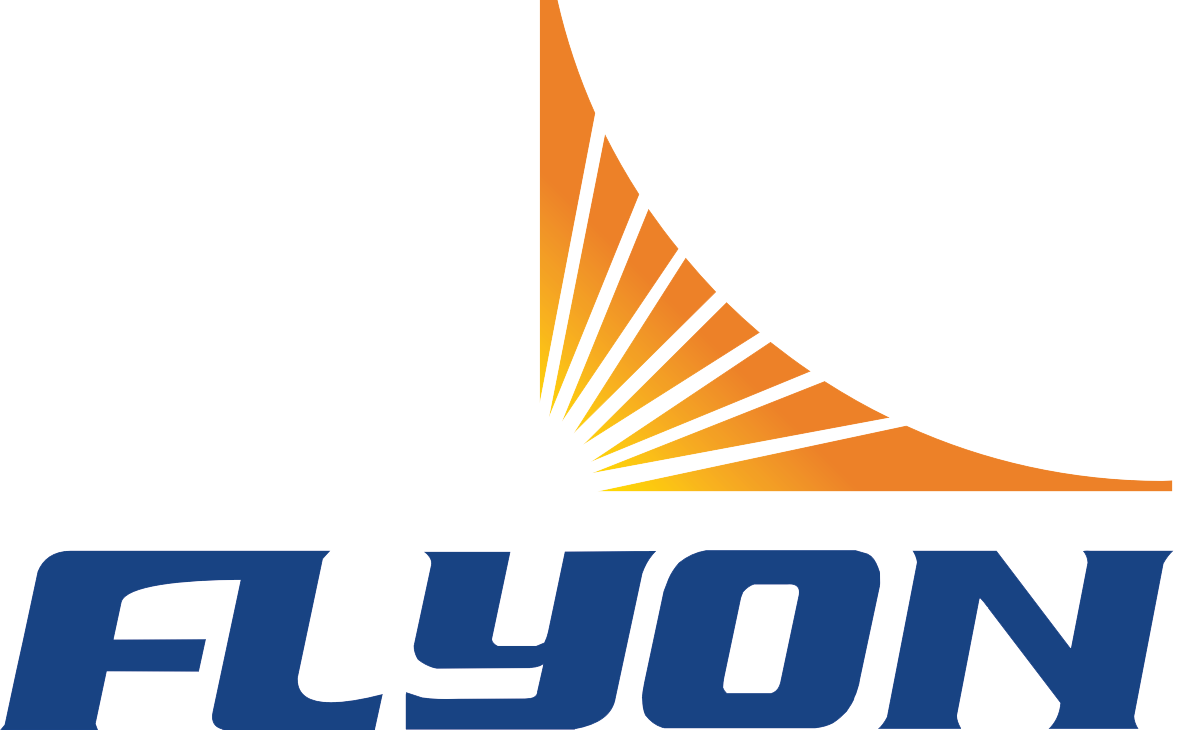The Science Behind UV Damage to Turf Protection Flooring
How UV Radiation Breaks Down Materials
Exposure to UV radiation initiates complex chemical reactions leading to the breakdown of materials—a process known as photodegradation. This occurs when UV rays, especially UVA and UVB, penetrate the surface, causing the polymer chains within synthetic surfaces used in turf protection flooring to destabilize. According to materials science journals, this results in the formation of free radicals, which further exacerbate the degradation by attacking the molecular structure. For instance, plastics like polypropylene and polyethylene, commonly used in turf flooring, are susceptible to this kind of breakdown unless treated with UV stabilizers.
The degradation of these materials is not just theoretical; real-world studies highlight a measurable decline in their mechanical properties over time. For example, materials exposed to UV radiation can show signs of embrittlement, cracking, and loss of flexibility. This degradation is accelerated in regions with high UV index levels, as confirmed by industry experts who have documented varying rates of degradation depending on local environmental conditions. Incorporating UV-resistant additives and stabilizers during the manufacturing process has proven to slow this degradation significantly, enhancing the longevity and performance of turf protection products. Such innovations are crucial for preserving the integrity of sports surfaces in diverse environmental settings.
Impact on Running Tracks and Sports Fields
UV damage directly affects the performance and safety of running tracks and sports fields. Over time, UV rays can cause surface deterioration, leading to uneven textures and compromised traction. This degradation poses a risk to athletes, who rely on consistent and safe playing conditions for optimal performance. Notably, several sports fields have been documented as experiencing extensive wear and tear due to insufficient UV protection, underscoring the urgent need for advanced material solutions.
To combat these issues, technological advancements have introduced solutions such as UV-resistant coatings and materials. These innovations extend the lifespan of synthetic surfaces by mitigating UV damage. Experts suggest that these protective systems not only preserve the surface's aesthetic appeal but also ensure consistent playing conditions. Implementations like reflective pigments or absorbers transform harmful UV rays into non-damaging heat, providing an extra layer of protection. As a result, the integration of such technologies in sports fields is pivotal in preventing premature degradation and ensuring athlete safety and performance over time.
Benefits of UV-Resistant Turf Flooring
Extended Lifespan for Athletic Surfaces
UV-resistant turf flooring plays a vital role in extending the lifespan of athletic surfaces. According to experts, these surfaces last significantly longer than non-resistant ones due to advanced UV-protection technologies that shield materials from degradation. Statistical data suggests that UV-resistant surfaces can increase durability by up to 30%, resulting in fewer replacements and maintenance interventions. Facility managers often report significant cost savings because less frequent repairs and replacements are needed, as stated in several economic analyses. Sentiments from sports facility operators also highlight the transition to UV-resistant products, with many noting improved surface longevity and overall satisfaction in their operations.
Preserving Color and Safety in Sunlight
UV-resistant turf flooring effectively maintains the aesthetic appearance and safety features of athletic surfaces, despite prolonged sun exposure. Studies demonstrate a direct correlation between UV resistance and the retention of vibrant colors, ensuring that the signage and markings on sports fields remain clear and visible. This visibility enhances safety by reducing the risk of injury, as athletes navigate better-defined terrains. Additionally, UV-resistant coatings contribute by enhancing safety and performance through advanced design, fostering consistent play and endurance. These coatings are engineered to withstand harmful radiation, thus providing an ideal surface for athletes under various environmental conditions.
Choosing Durable Flooring for Track & Field Facilities
Key Features for Club-Level Performance
Selecting the right flooring for track and field facilities is crucial for optimal club-level performance. Essential features to consider include durability, traction, and comfort. Durable flooring ensures longevity and reduces maintenance costs. Traction is vital for athletes' safety, preventing slips and enhancing grip during high-speed movements. Comfortable surfaces help reduce fatigue, enabling athletes to train effectively. For guidance, recommendations from sports associations can offer insights into suitable materials. Moreover, certifications and standards, such as those provided by international federations, are critical markers of a product's suitability for competitive events, ensuring the flooring meets rigorous performance criteria.
Finding Local Installers Near Youth Teams
Locating experienced local installers who specialize in turf for youth athletics can make a significant difference in the longevity and performance of the flooring. These professionals bring valuable local knowledge and have established community relationships, which ensure high-quality installations and ongoing support. To choose the right installer, I recommend asking pertinent questions, such as their experience with similar projects, references from past clients, and the warranty they offer on installations. This approach can help gauge the installer's reliability and ensure the project is in capable hands, providing safe and durable track surfaces for youth teams.
Maintaining UV-Protected Sports Surfaces
Routine Care for High-Traffic Areas
Maintaining UV-protected sports surfaces, especially in high-traffic areas, requires a well-structured maintenance routine. A consistent schedule should include daily cleaning to remove debris, weekly inspections for any signs of wear or damage, and monthly in-depth cleaning to maintain appearance and functionality. Ignoring routine maintenance can severely impact UV-protected surfaces, leading to faster degradation of materials and diminished safety and performance. As sports facilities are meticulously maintained for the best performance, expert advice often suggests the use of non-abrasive cleaners compatible with UV-resistant surfaces. Implementing these best practices ensures the longevity and aesthetics of your facility's surfaces, providing an optimal environment for athletes.
Addressing Weather-Related Wear
Weather conditions pose a significant challenge to maintaining UV-protected turf, often dictating the need for responsive measures to mitigate damage. Extreme weather, especially in regions with high sun exposure or harsh winters, can lead to accelerated wear on UV-resistant surfaces. Effective seasonal maintenance is crucial to preserving the surface's integrity against such weather impacts. It involves specific steps such as ensuring proper drainage systems during rainy seasons and applying protective coatings before the onset of intense sunlight. Notable case studies from sports facilities such as stadiums in sunny latitudes reveal successful strategies in managing these challenges, thus extending the lifespan of their sports surfaces. Adopting similar practices can help prevent premature wear, ensuring that the surfaces remain durable and safe for extended use.
 EN
EN
 AR
AR
 FR
FR
 PT
PT
 RU
RU
 ES
ES
 BG
BG
 HR
HR
 CS
CS
 DA
DA
 NL
NL
 FI
FI
 DE
DE
 EL
EL
 HI
HI
 IT
IT
 JA
JA
 KO
KO
 NO
NO
 PL
PL
 RO
RO
 SV
SV
 CA
CA
 TL
TL
 ID
ID
 SR
SR
 SK
SK
 UK
UK
 VI
VI
 HU
HU
 TH
TH
 TR
TR
 MS
MS
 AZ
AZ
 KA
KA
 BN
BN
 LO
LO
 MN
MN
 MY
MY
 UZ
UZ


